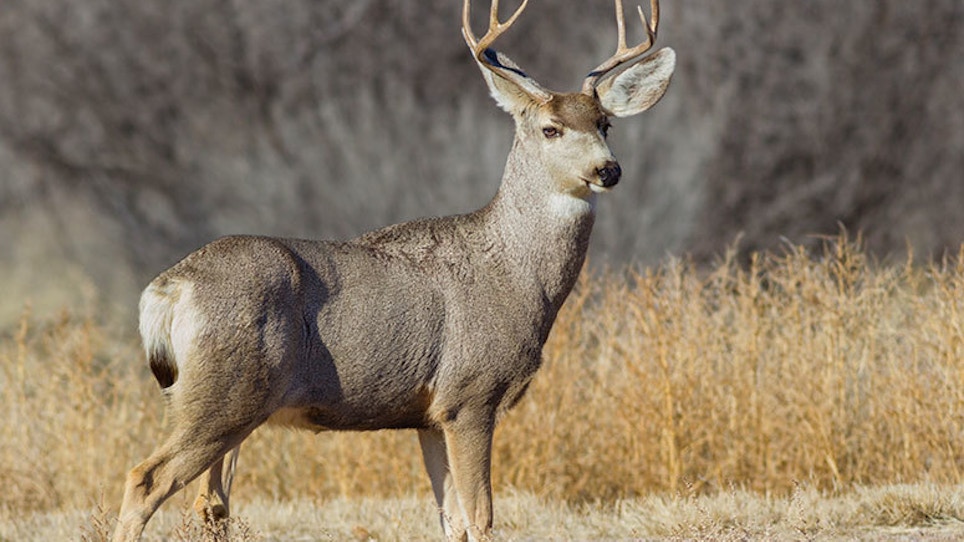By Blake Nicholson | Associated Press
BISMARCK, N.D. (AP) — The mule deer population in the western North Dakota Badlands has increased for a fourth straight year, raising the possibility of doe hunting for the first time in five years.
The recovery could also boost the number of mule deer and white-tailed deer hunting licenses issued this year.
The state Game and Fish Department's annual spring mule deer aerial survey this month indicated a 21 percent increase in the animals from last year, to nearly 2,900 over a 300-square-mile area. Big Game Supervisor Bruce Stillings cited better adult doe survival, three straight years of good fawn production and a mild winter.
"These factors, along with no harvest of antlerless mule deer during the past four deer hunting seasons, have resulted in mule deer numbers doubling since we experienced our low in 2012," he said.
Hunting of mule deer does has been banned in each of the last four seasons to help the population recover following a string of harsh winters in the late-2000s. State Wildlife Chief Jeb Williams told The Associated Press earlier this month that the restriction might be lifted this year if the mule deer survey showed that the population continues to do well.
"There's no doubt the trend has been an increase in the number of mule deer," he said.
Game and Fish will announce deer license numbers and rules for the fall season later this week or in early May.
The agency issued a record number of deer licenses in 2008, at just under 150,000. After that a decline of grassland habitat, a booming oil industry in the west and the string of bad winters took a toll on deer. The state last year issued just 43,275 licenses, the lowest number issued in nearly 40 years.
There is a good chance that more licenses will be issued this year, at least in some hunting units, according to Williams. That's based in part on a good deer harvest rate last fall and the recovering mule deer population.






